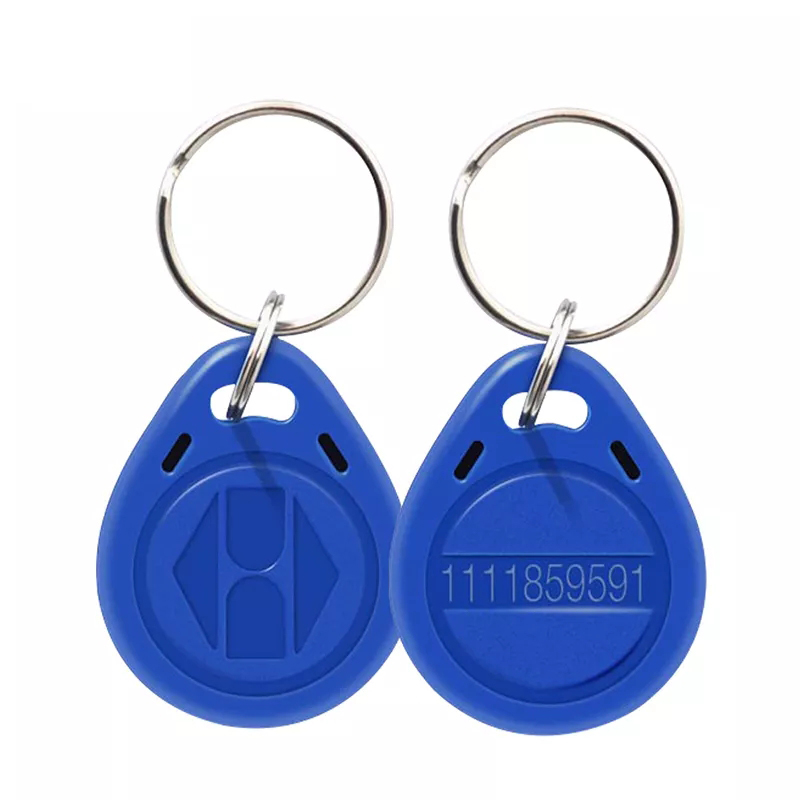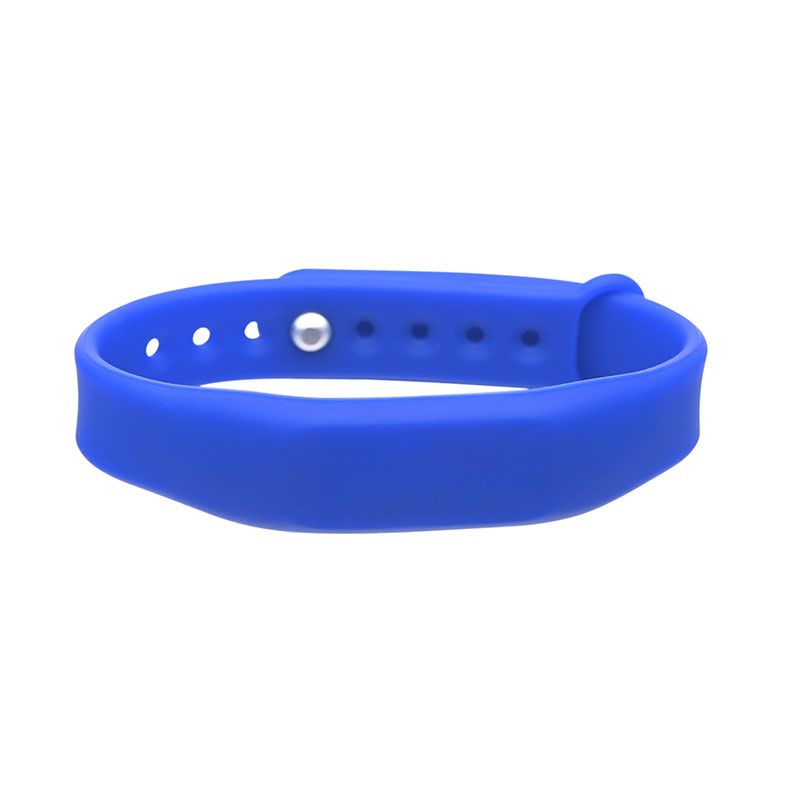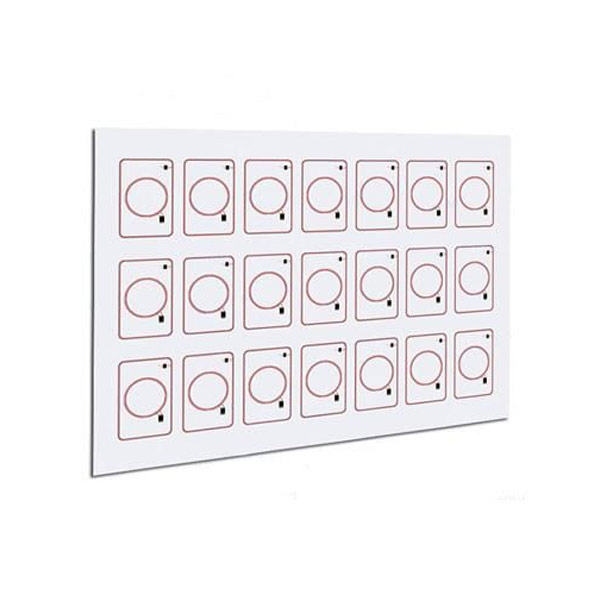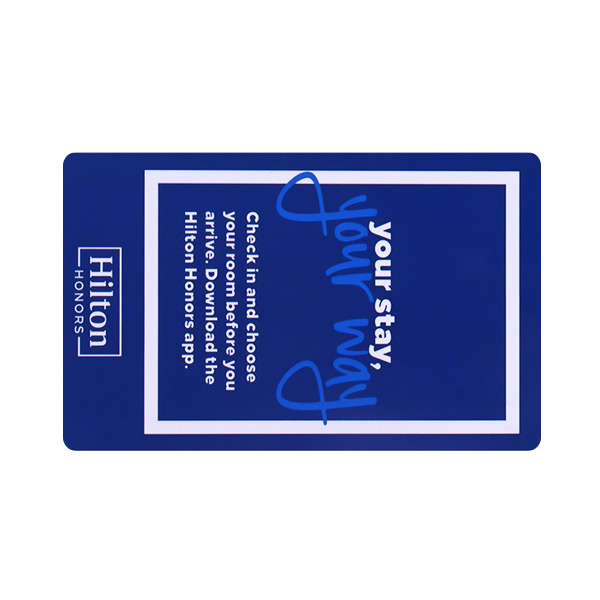Now back to our printing on the technical requirements, because the card in addition to the above technology, there is a large part is used for printing, so our printing knowledge needs a raise.
1, the bleeding bit set: because our card area is small, so the bleeding bit also leaves less position, 2mm around each is enough. However, because our partners are more, at the same time for the requirements of the bleeding bit also varies, therefore, we often need to do different bleeding bit processing for different materials of the card different partners of the beer board. In general, we will make the size of 9058 with bleeding (finished size + 2mm bleeding size).
2, color mode considerations: traditional printing are CMYK four-color printing, so any other mode we have to convert to CMYK, but we will often encounter UV printing or spot-color printing, or special processes on the processing, if we encounter this situation, we need to be in the process of the film, we need to respectively for its special department out of grayscale mode or monochrome. At the same time, for the cutting line alignment line we have to deal with four-color black, while the beer board line we deal with a single black mode. In our processing over kind, black word is a special case, it is not handled properly, will cause the font blur, misalignment and so on, it is necessary to deal with a single black overprint (PS called positive overlay background), so this is the most common place we need to deal with.

3, the process of transferring: we will have a process of transferring before printing, and this process will have different sayings: AI called transferring to the outline (cthrl + shift + o), CD called transferring (also is the most domestic sayings), FH called transferring to the path. The most fundamental process is to turn the text of the program into the drawing of graphics, the process, we need to master several places: a, after the turn of the curve whether the same font strokes hollow phenomenon? (If there is, you need to change a similar font or welding fonts separately) b, whether there will be a false font phenomenon after the transfer. (If there is, you need to delete). c, paragraph text after the transfer of the text position shift? (There is the need to put back in place) At the same time, the output of the JPG will be compared to the font before the turn of the curve appears more black, so we output to customers in the JPG, try to maintain the same state of output.
4, the layout of the content of the adjustment: we understand the addition of bleeding, turn mode and turn after the curve, we have to go to the layout of the fine adjustment to make a note, a, in the design process, may ignore the actual printing margins of the layout, so we have to do a pre-press processing of the margins of the microprocessor, all the text can not be too close to the edge, at least the text to the margins to have a distance of 1.5 ~ 2mm. b, for the content of the card face note C, there is a low-level problem, is to check the misspelled words or missing words. Any one punctuation or typo is a direct impact on the companys image, so we must also always pay attention.
5, the problem of piecing: for cost reasons, the current printed materials are generally made after the printing process, and our card class is even more so. We collage, is based on different partners to provide the beer board map into the collage, so we need to deal with more is the grasp of bleeding. At the same time, because we are self-reversing plate, we have to grasp the relative direction of positive and back in the process of plate piecing. Example: If the front is rotated 90 degrees, the back should be rotated -90 degrees. Since piecing is our last chance to proofread, we have to check all aspects of the manuscript after piecing. The main items to check are: Is there any font left? Is the content of each paragraph complete? Are there any dropped words or skeletonized fonts? Is it out of place? Is the content too to the edge? Is the password position left enough? Is the expiration date, place of use, and issuing company of the card consistent with the front, and is it correct? Is there still spray code data on the face of the card to be sprayed? And so on ......
6, for the special process of labeling: card surface if there are some special processes, we need to specify in detail in the process, such as hot stamping (printing) gold (silver), UV effects, large (small) convex code, signature strip, as long as there is a special process, are required to carefully mark or do processing. Spray code coding is part of the printing process after the continuation, so we will put on the data in the output JPG to show the code here, but the data needs to be removed to print when printing the collage.





